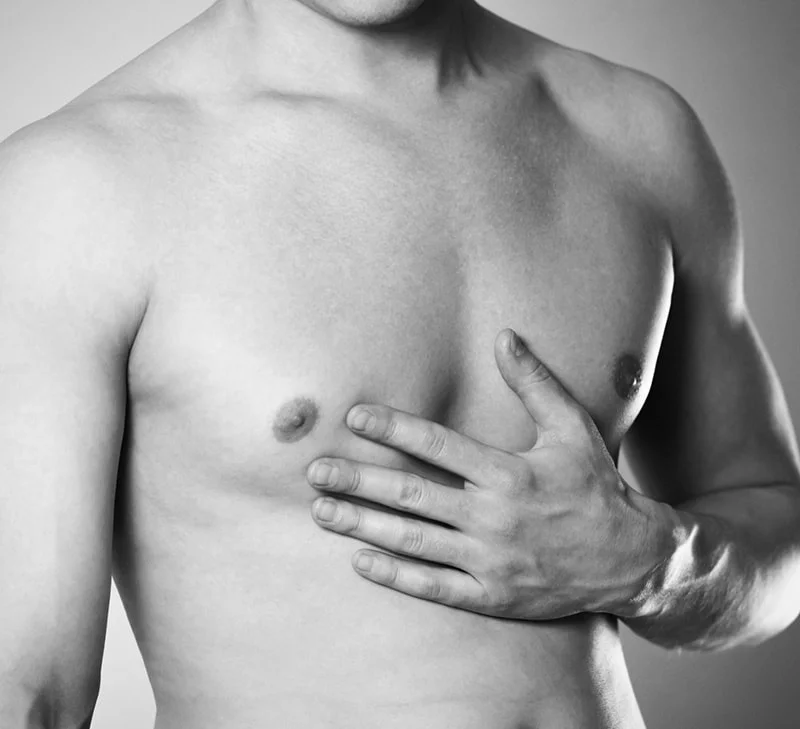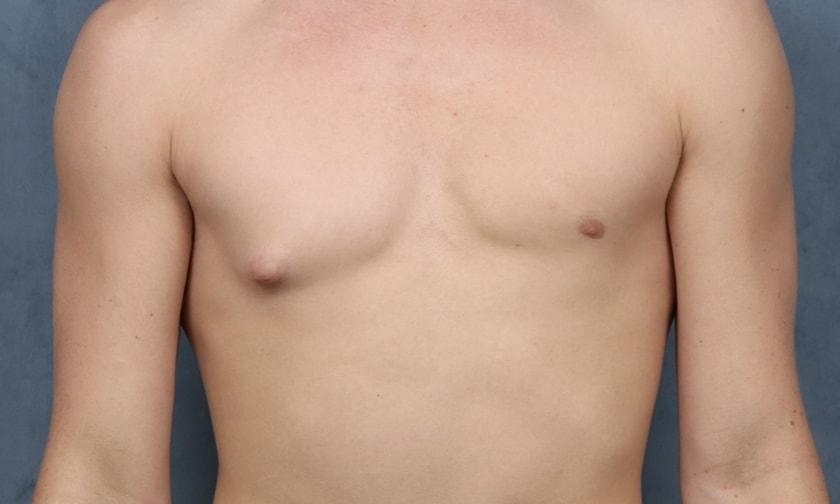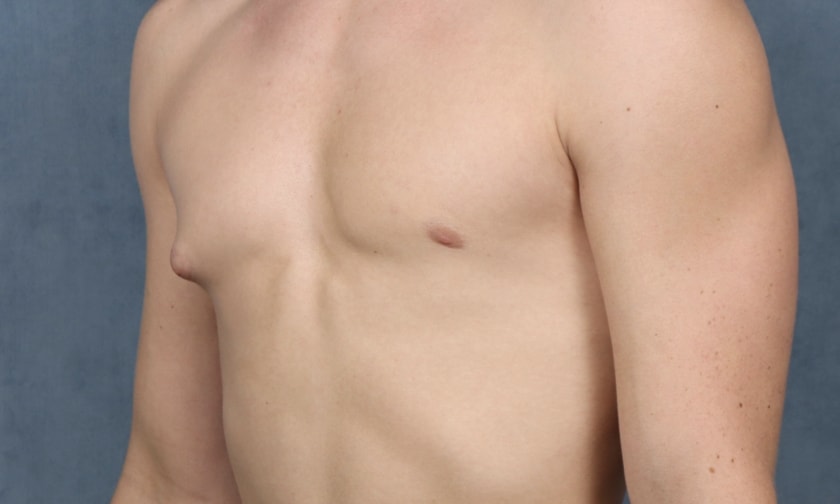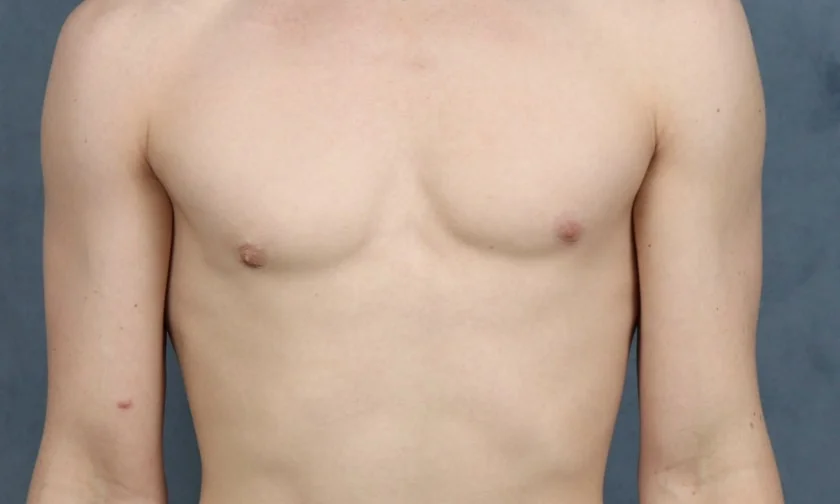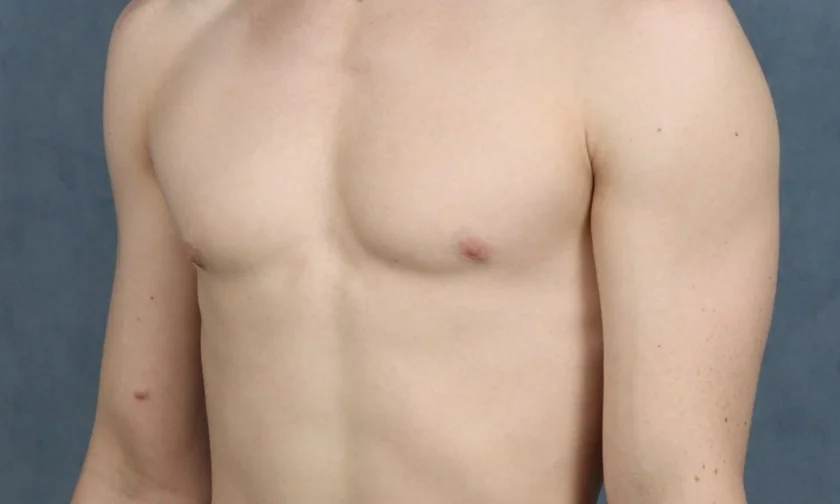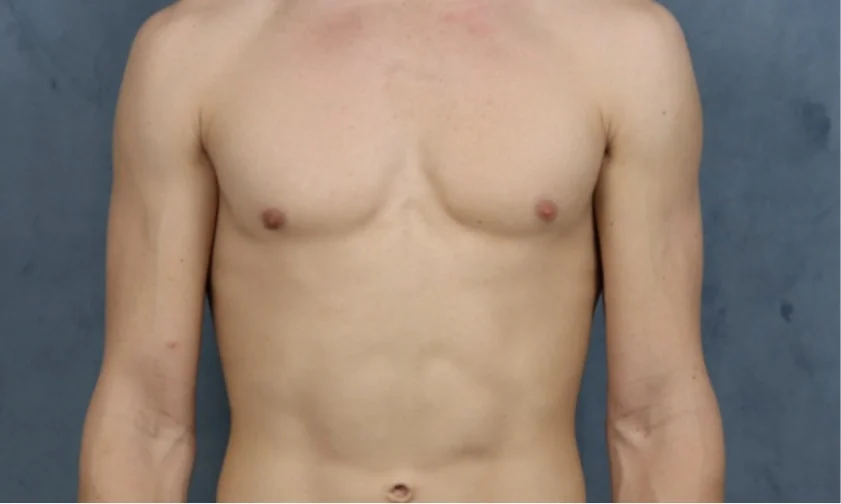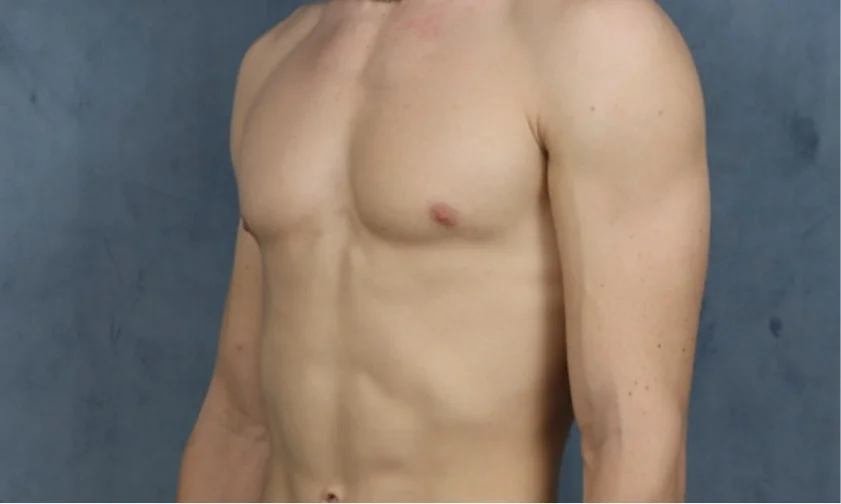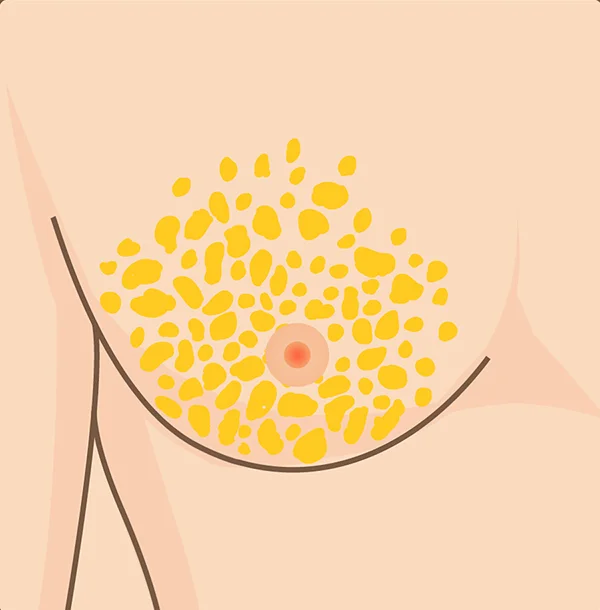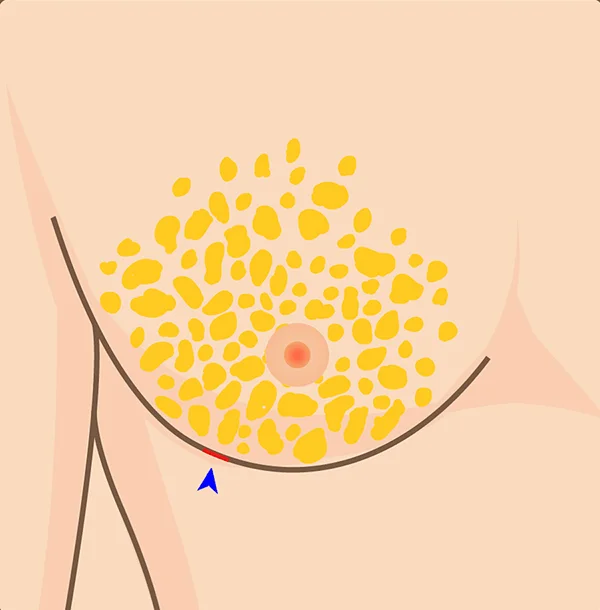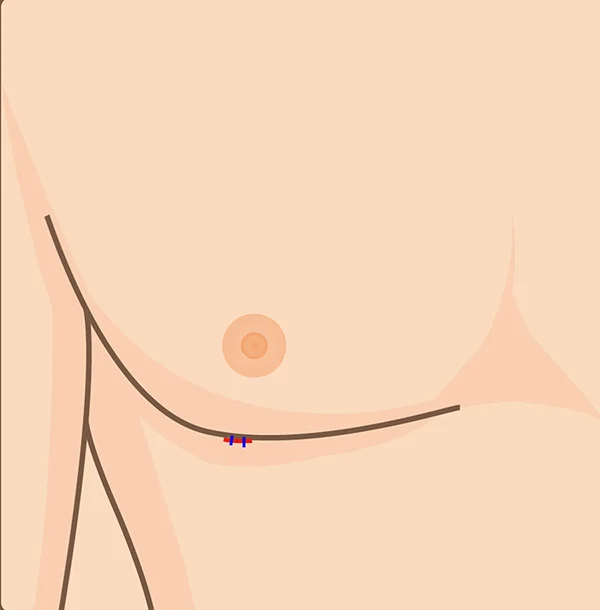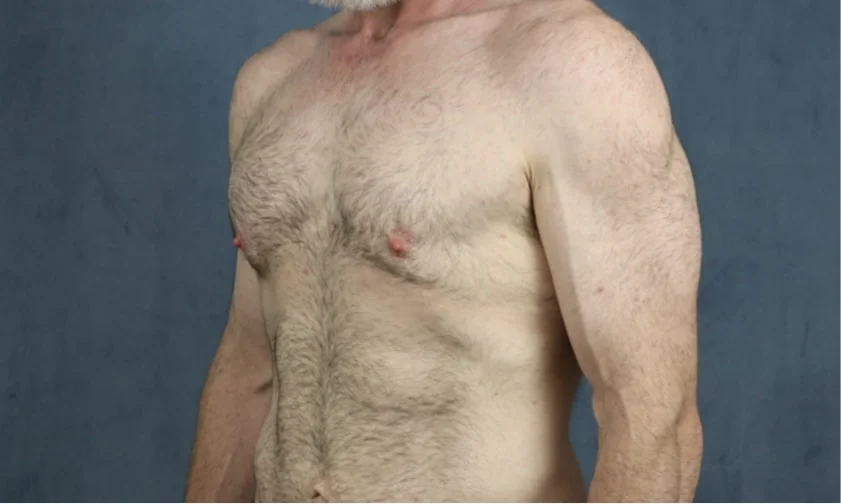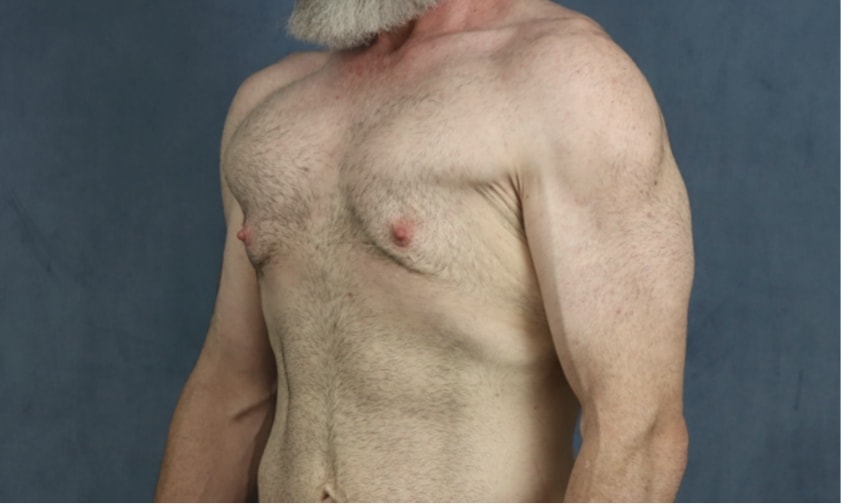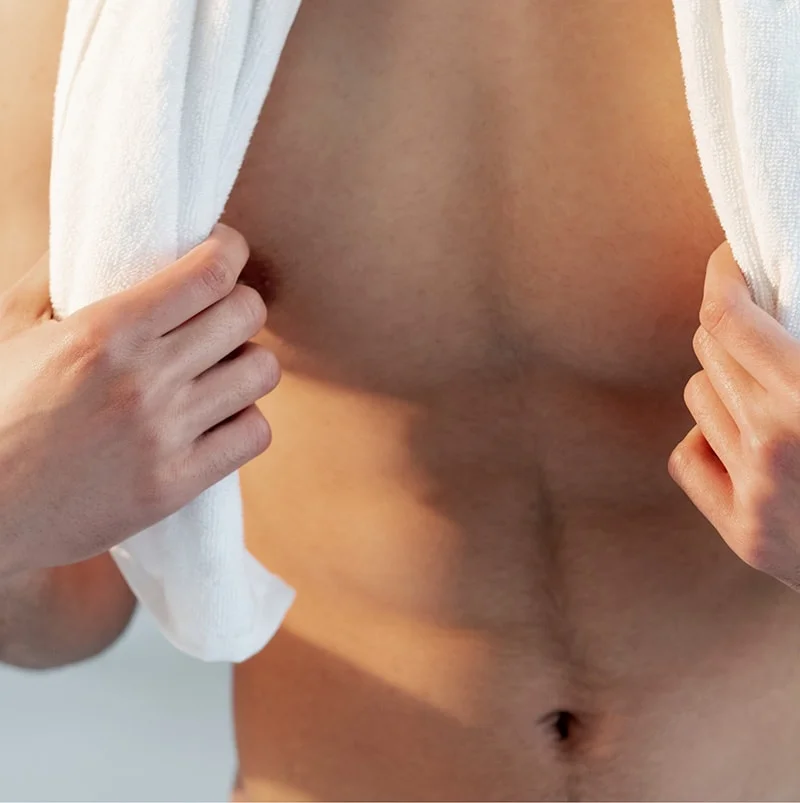Dr. James F. Boynton has devoted a large part of his career in plastic surgery to performing advanced procedures designed to treat gynecomastia and enlarged breast tissue in men. Certified by the American Board of Plastic Surgery and a Fellow of the American College of Surgeons, Dr. Boynton has been trained by some of the foremost gynecomastia surgeons in the world and has successfully performed male breast reduction surgery for hundreds of patients. Our board-certified plastic surgeon has also been recognized as one of America’s Top Doctors® by the Castle Connolly organization, as well as a Top Doctor in Houston in H-Texas magazine and a Leading Physician of the World / Top Plastic Surgeon in Texas by the International Association of Plastic Surgeons.
Dr. Boynton fully understands the effects that gynecomastia can have on one’s self-esteem and way of life, and is committed to providing state-of-the-art techniques that can meet each patient’s unique goals with exceptional results. Dr. Boynton’s surgical abilities combined with his careful, discreet, and compassionate approach to patient care has made him one of the preeminent plastic surgeons in Houston—one who many men fully trust to renew the appearance of their chest with outcomes that look natural and align with their ultimate goals.
If you are ready to schedule a consultation with Dr. Boynton to discuss your options, or if you would like additional information about gynecomastia treatment, please don’t hesitate to contact our office today.



